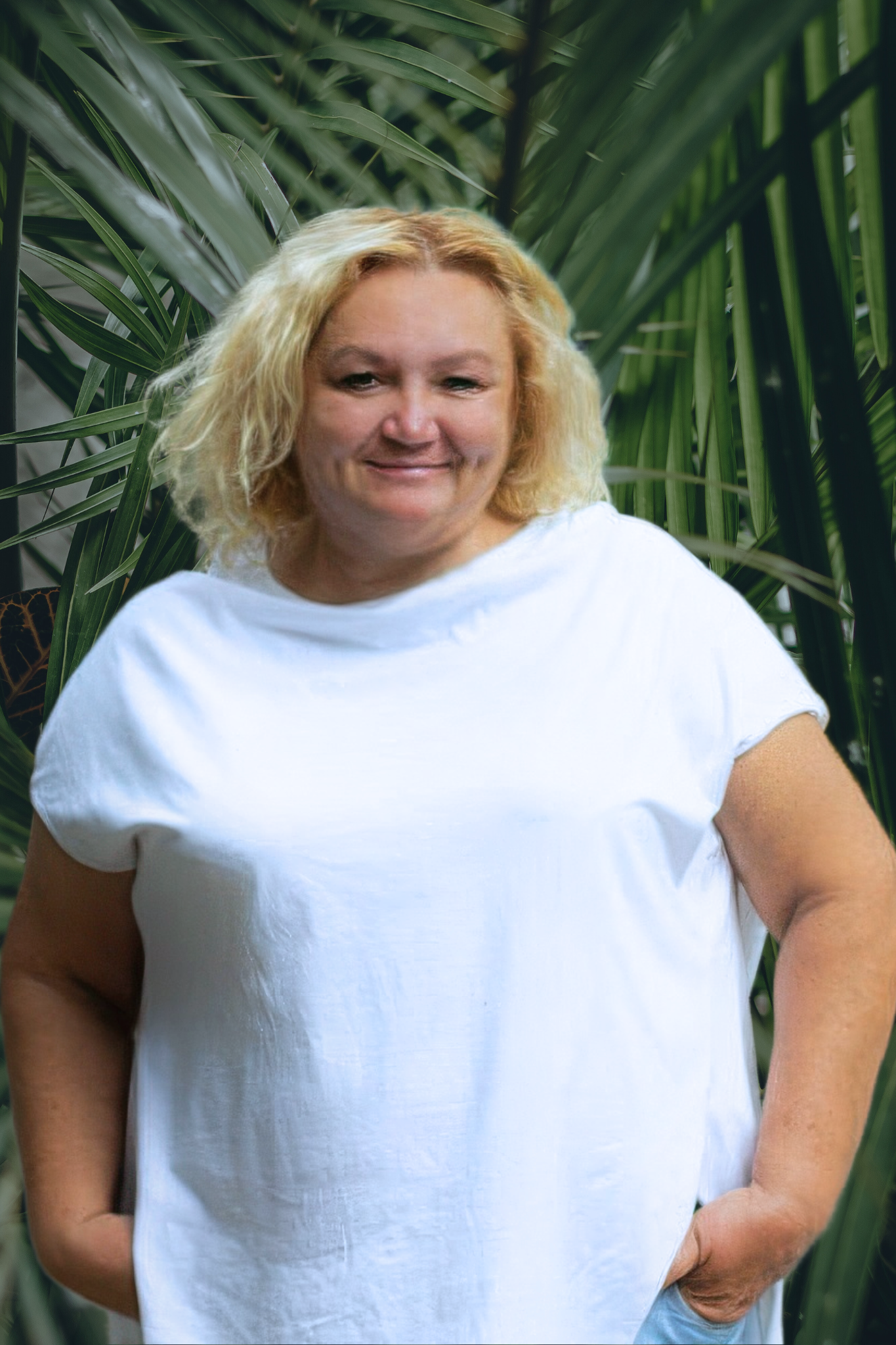Studying algae resistance to oil pollution
KELP FARMS CONDUCTS RESEARCH ON RESISTANCE OF BROWN ALGAE CYSTOSEIRA TO OIL POLLUTION FOLLOWING ECOLOGICAL DISASTER IN THE BLACK SEA

Recent catastrophic events in the northeastern part of the Black Sea continue to negatively impact all living organisms. Oil slicks of fuel oil are washed ashore daily, covering the seabed, inhabitants, and plants that lead an attached lifestyle. The disaster has led to serious pollution, the scale and consequences of which are still difficult to assess.
Environmental specialists are monitoring the situation in the coastal area of the sea, but equally important are studies that model acute events of fuel oil pollution in laboratory conditions. In experimental conditions, it is possible to set and maintain high concentrations of toxic substances and observe changes in the state of marine living objects. Such work is currently being conducted by KELP FARMS specialists in a biological laboratory.
The research subject is a common species of brown algae in the Black Sea — Cystoseira. This is a rather large and lush algae that can reach about a meter in height. Due to its size and spreading form, Cystoseira serves as a «home» for millions of organisms. These include not only various small crustaceans (crabs, small crustaceans, shrimp), worms, and mollusks, but also many fish. In the thickets of Cystoseira, animals hide from predators, live, reproduce, and find food. Additionally, Cystoseira is a valuable raw material for pharmacology.
Knowledge gained from these experiments will help predict the existence and condition of the natural Cystoseira population in areas affected by oil disasters. For 2 weeks already, algae bushes have been in water with a high concentration of fuel oil; for comparison, we are also observing the condition of plants in clean seawater. There are already initial visual results — oil pollution causes a change in Cystoseira’s color to a darker shade, plants are in a depressed state but remain viable.
The scientific work will continue for several more weeks, after which the algae will be analyzed in a specialized biochemical laboratory to assess their condition and the level of accumulation of heavy petroleum products. This will allow evaluation of the level of resistance to oil pollution of this important species of brown algae for the Black Sea.

